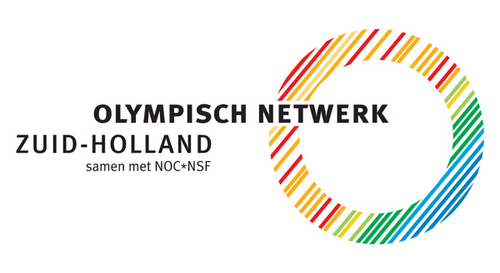Dry needling is a part of physiotherapeutic treatment and is used in addition to regular physiotherapy or manual therapy. Relaxing Muscle Knots Using a specialized technique, muscle knots (myofascial trigger points) are targeted and quickly and effectively relaxed. These small painful knots or “nodules” develop due to unfavorable muscle use, which can result from overuse, an accident, underuse, stress, or poor nutrition.
Dry Needling Needle
Dry needling involves using a ‘dry’ acupuncture needle, meaning no fluid is injected into the muscle. It is based on Western anatomical and neurophysiological principles and should not be confused with acupuncture.
Trigger Points
In acupuncture, multiple needles are often superficially inserted into the body and left in place for some time to influence the body’s “energy pathways.” Dry needling is not an “energy treatment.” Typically, only one needle is used to briefly puncture the muscle. Dry needling targets specific points, known as trigger points, addressing muscle knots that cause local or referred pain, such as tension headaches originating from the neck and shoulders. You may barely feel the needle being inserted. When the needle is inserted, the muscle may briefly tense up, causing a cramping sensation or localized and radiating pain. The muscle usually then relaxes immediately. You may experience sweating or fatigue, but this typically resolves quickly.
Rapid Pain Reduction
Patients respond very positively to the effects of dry needling, as the relief from symptoms is often quick and immediately noticeable. The immediate muscle relaxation and restoration of muscle metabolism lead to rapid pain reduction and muscle function restoration. Once the muscles are relaxed, attention can be directed toward improving joint mobility, strength, and coordination.
Part of Physiotherapy
Dry Needling is part of the overall physiotherapy treatment. If you have supplementary insurance, the costs of this treatment may also be covered.
Scientific Studies on Dry Needling
Boyles, R., Fowler, R., Ramsey, D., & Burrows, E. (2015). Effectiveness of trigger point dry needling for multiple body regions: a systematic review. The Journal of manual & manipulative therapy, 23(5), 276-293. https://doi.org/10.1179/2042618615Y.0000000014 (https://doi.org/10.1179/2042618615Y.0000000014)
Blanco-Díaz, M., Ruiz-Redondo, R., Escobio-Prieto, I., De la Fuente-Costa, M., Albornoz-Cabello, M., & Casaña, J. (2020). A Systematic Review of the Effectiveness of Dry Needling in Subacromial Syndrome. Biology, 11(2), 243. https://doi.org/10.3390/biology11020243 (https://doi.org/10.3390/biology11020243)
Fernández-De-Las-Peñas, C., Plaza-Manzano, G., Sanchez-Infante, J., Gómez-Chiguano, G. F., Cleland, J. A., Arias-Bur L., López-de-Uralde-Villanueva, I., & Navarro-Santana, M. J. (2021).
Is Dry Needling Effective When combined with other therapies for Myofascial Trigger Points Associated with Neck Pain Symptoms? A Systematic Review and Meta-Analysis. Pain research & management, 2021, 8836427. https://doi.org/10.1155/2021/8936427 (https://doi.org/10.1155/2021/8936427)
Make an appointment
Call 071-3411312 for more information about our Dry Needling treatment or schedule an appointment with one of our physiotherapists at our locations in Leiden or Zoetermeer.






